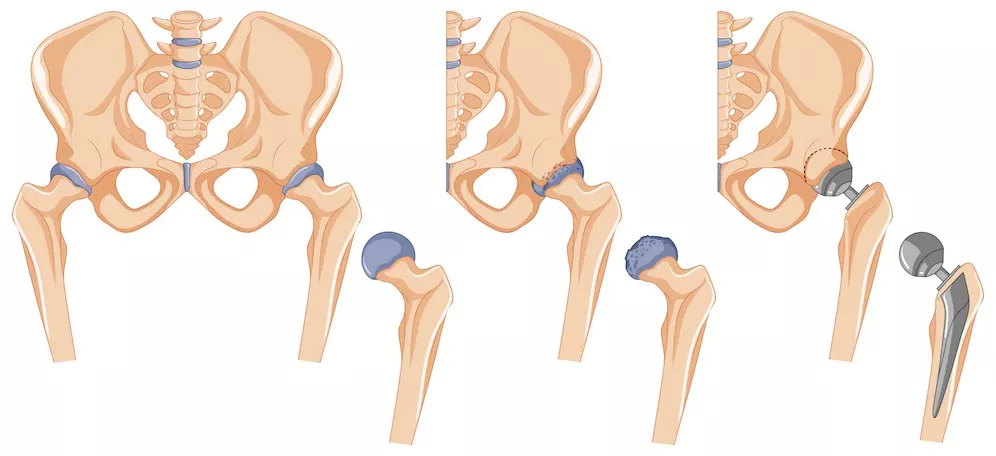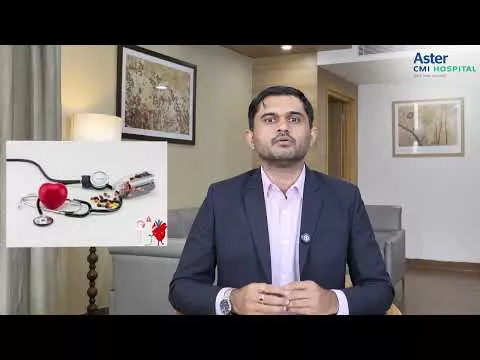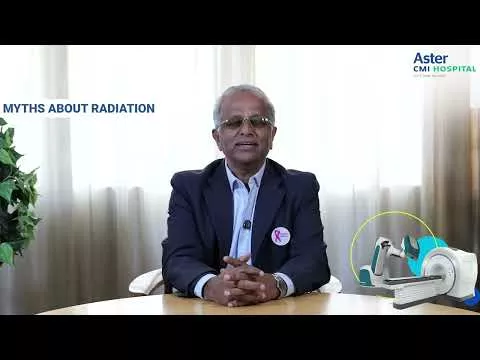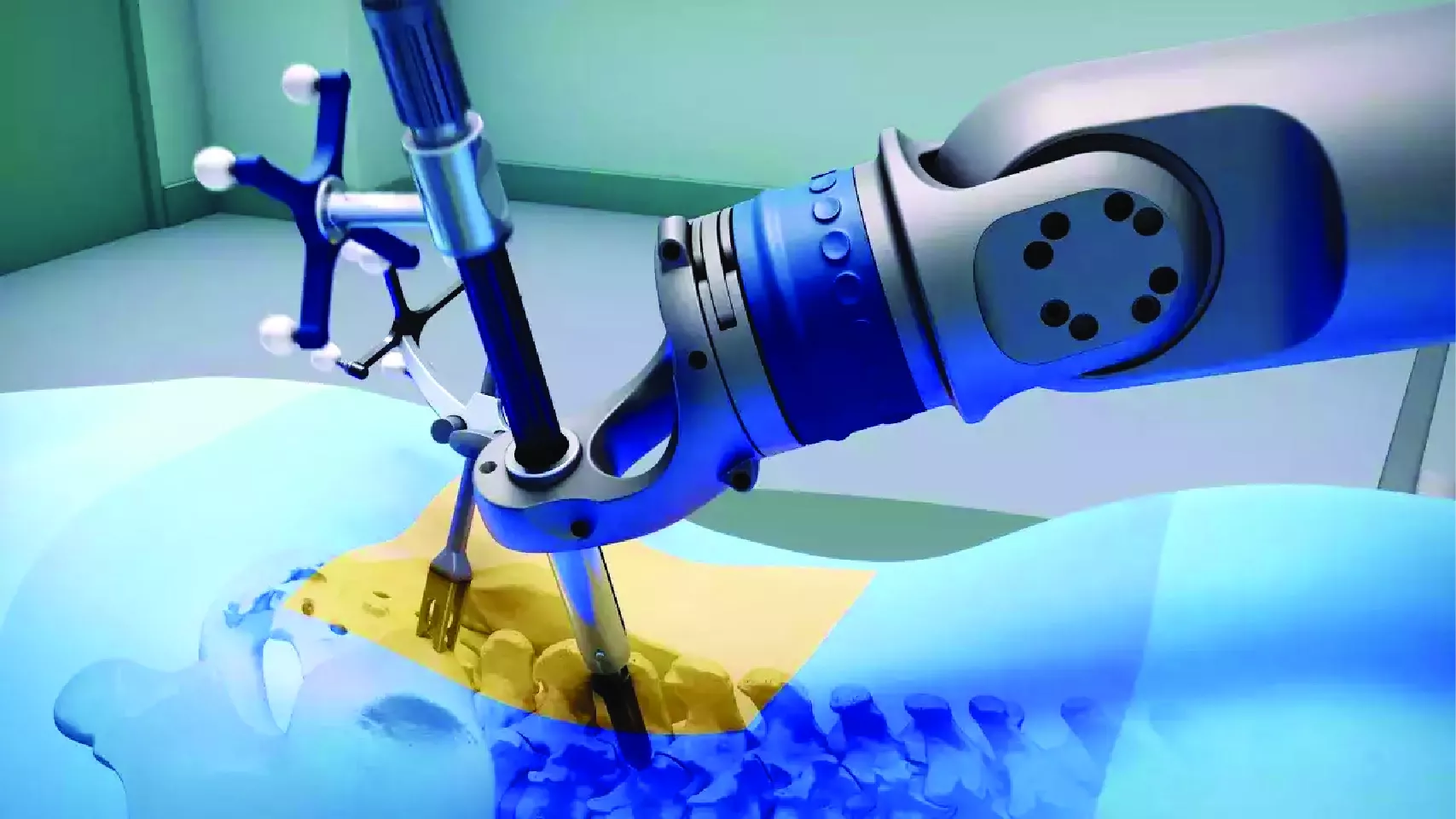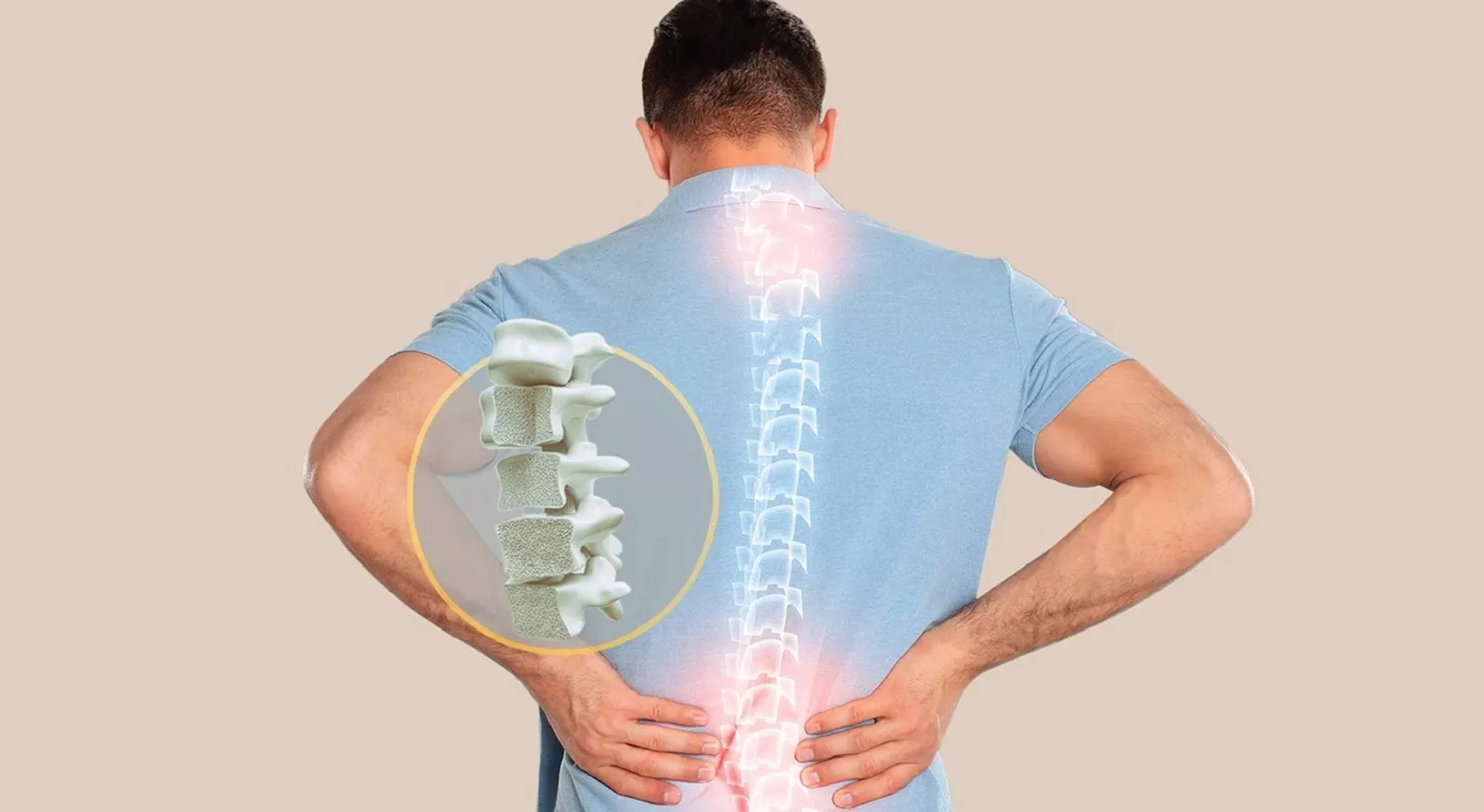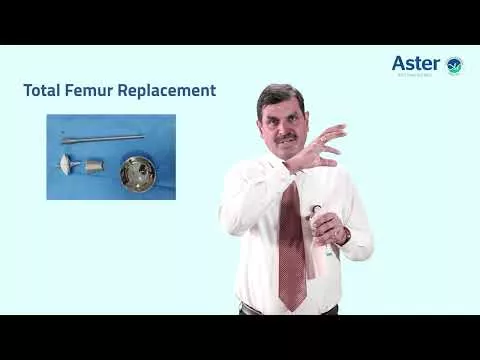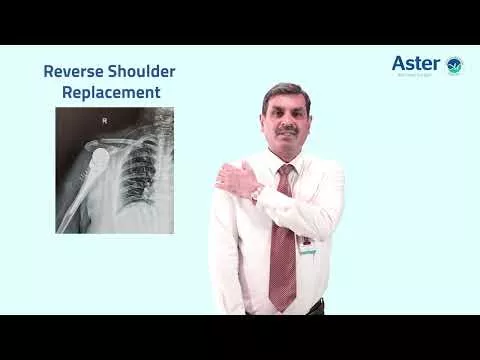Introduction
Neglected traumatic posterior hip dislocation is rare condition in adults. This is usually neglected if hip dislocation is associated with other injuries like poly trauma or head injury. In these situations hip dislocation is missed and later discovered once the patient has recovered from other injuries . Neglected dislocation in children is common as this may be sequelae untreated development dysplasia of hip. Many patients seek care at an Orthopedic Hospital In JP Nagar Bangalore, where such complex cases are carefully evaluated.
Our patient Mr. Ram (Name Changed). Aged 52 Came to us with complains of pain and limp. He had sustained an injury at the age of 8 years, for which he underwent native treatment and later able to walk with a limp as there was shortening of the affected right hip. On and off he complained of pain but neglected it as he was advised surgical intervention but was not willing for it. He managed to carry out his activities of daily living until now, when he presented to us with severe pain in his right hip.
Discussion
Neglected hip dislocations occur in situations when the patient does not or cannot seek adequate medical care. such, chronic dislocations may be observed in patients with a high pain tolerance, patients with decreased cognitive ability to recognize or verbalize their pain and patients with additional injuries that are more obvious or life-threatening. In developing countries, patients usually attend hospital many days after trauma, having often received alternate therapy before. Similar cases are often evaluated by experienced Orthopedists In JP Nagar, Bangalore who understand the complexities of such presentations.
The treatment of neglected dislocation of the hip becomes more difficult to manage as time progresses. The acetabulum becomes filled with fibrous tissue in unreduced dislocations, making reduction impossible by closed methods. A complete understanding of the factors that play a role in the aetiology of instability of hip and a clear knowledge of treatment options are mandatory for the surgeon tackling this injury.In our case we were dealing with a long-term history of dislocation.
The patient had gross shortening of the limb of about 7 cm, further he had been walking with a lurch which is suggestive of abductor muscle weakness which develops due to the high riding of the trochanter which shortens the working length of the abductors, also such long periods of neglect causes the acetabulum to be filled by fibrous tissue and becomes small and shallow because of a lack of the femoral head which moulds the cup. With time the femoral head slowly lysed and collapsed due to avascular necrosis.
The long duration and changes to the acetabulum as well as AVN changes to the femoral head immediately ruled out any form of surgical reduction and hence a total hip replacement had to be planned But a total hip in such cases is not without its challenges.
THE PLAN AND CHALLENGES
The challenges were many in this case, the long-standing high riding of the femur meant that we had to bring the femur down to the hip centre. This would be difficult due to the soft tissue opposition. Moreover, over stretching could result in sciatic nerve injury and consequent foot drop. Hence we had to plan a sub trochanteric region shortening by removing approximately 5 cm of bone and dock it. This also meant it dictated the type of implant which had to be used hence a normal cementless stem which is used in primary hips could not be used and instead a diaphyseal loading revision stem had to be used.
The next challenge was that of the acetabulum. As it was small and filled with tissue identifying it is a challenge. So a through debridement and preparation of the cup had to be planned. Reaming of the cup also posed many challenges as the bone is osteoporotic due to disuse, one could easily blow out the acetabulum wall while reaming it if not careful.
SURGERY
As planned, we went through a postero- lateral approach, exposed the hip, located the native acetabulam, reamed and implanted cemetless shell. On femoral side ,we prepared the proximal femur, did subtrochantric shortening and implanted with disphyseal loading cement less stem. Then we used poly liner and an oxinium head for joint articulation. Post op the shortening of the patient was reduced to just 1 cm. There was no foot drop, and his hip was found to be stable. 1st post op day he was mobilised and made to walk with a walker frame
CONSLUSION
Total hip arthroplasty in neglected dislocated hip is an incredibly challenging procedure in view of abnormal anatomy and the biomechanics of the hip. A proper pre-operative planning is important for successful surgery.
